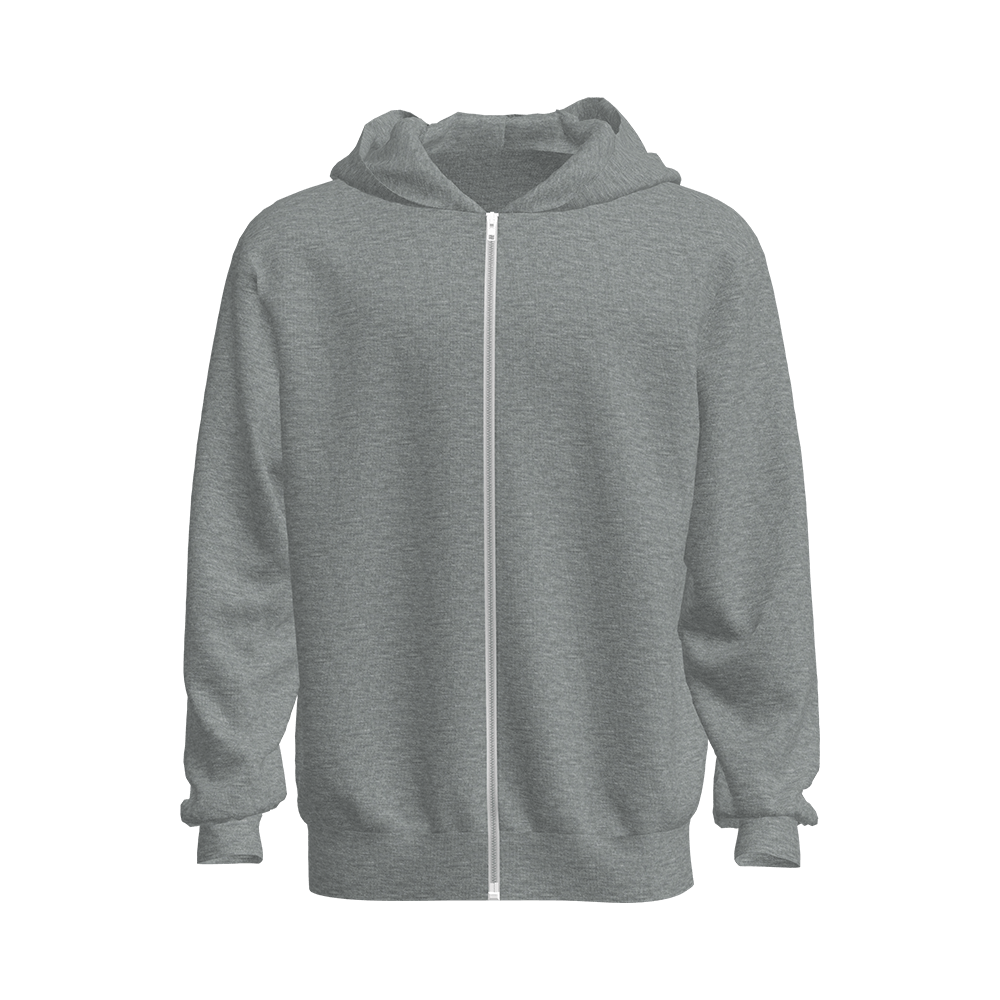
What Makes C/T Graphene Air-layer Fabric Different From Standard Performance Materials?
The textile industry is in a constant state of evolution, driven by consumer demand for higher performance, greater comfort, and innovative functionality. In the realm of advanced materials, a new class of fabric has emerged, promising a significant leap beyond established standards. The c/t graphene air-layer fabric represents this new frontier. But what truly distinguishes it from the wide array of standard performance materials already on the market?
Understanding the Core Components: Graphene and Air-Layer Construction
To appreciate the innovation behind c/t graphene air-layer fabric, one must first understand its two foundational elements: the integration of graphene and the strategic use of an air-layer construction. It is the synergistic combination of these two features that creates its distinctive profile.
The Role of Graphene: Beyond a Buzzword
Graphene is a single layer of carbon atoms arranged in a two-dimensional hexagonal lattice. It is renowned for being one of the strongest, lightest, and most conductive materials known to science. In textiles, its incorporation is not merely a marketing tactic; it imparts several intrinsic properties that are difficult to replicate with other substances.
The primary advantage of graphene lies in its exceptional thermal conductivity. Unlike traditional insulating materials that simply trap heat, graphene facilitates a dynamic thermal regulation process. It efficiently absorbs body heat and distributes it across a wider surface area, preventing localized hot spots. This results in a consistent and comfortable microclimate next to the skin. Furthermore, graphene is known for its far-infrared radiation capabilities. At body temperature, it emits far-infrared rays, which are believed to have a gentle warming effect on body tissues, promoting blood circulation and enhancing the sensation of warmth without significantly increasing the fabric’s weight or bulk. This makes garments incorporating c/t graphene air-layer fabric highly sought after for thermoregulatory applications.
Additionally, graphene possesses inherent antibacterial and antimicrobial properties. The sharp nano-edges of graphene platelets can disrupt the cell membranes of bacteria, inhibiting their growth and proliferation. This action reduces the formation of odor caused by bacteria breaking down sweat, a critical feature for performance apparel worn during extended activities.
The Principle of Air-Layer Construction
The air-layer construction is a sophisticated textile engineering technique that involves creating a three-dimensional structure within the fabric. This is typically achieved by bonding or knitting two separate layers of fabric together with fine threads, leaving air gaps in between. This design harnesses a basic principle of physics: air is one of the best insulators available.
The trapped, static air within this matrix creates a thermal barrier that significantly reduces heat loss through convection, the process by which heat is carried away by moving air or water. This construction provides superior insulation relative to the fabric’s weight, allowing for garments that are warm yet lightweight and minimally bulky. Moreover, this structure enhances breathability and moisture management. The open channels allow for the efficient passage of water vapor (perspiration) from the inside to the outside, preventing a clammy feel. Simultaneously, the structure can be engineered to have a degree of wind resistance, protecting the wearer from convective heat loss. The quest for effective moisture-wicking insulation is a key driver in the development of such materials.
A Comparative Analysis: Key Differentiating Factors
When placed side-by-side with standard performance materials like polyester fleece, standard knit insulation, or even some early-phase synthetic smart textiles, the c/t graphene air-layer fabric demonstrates clear advantages across several key performance metrics.
Dynamic Thermoregulation vs. Static Insulation
This is perhaps the most significant differentiator. Standard insulating materials, such as traditional polyester batting or fleece, provide static insulation. They work primarily by trapping air within their fibers, creating a barrier against the cold. Their performance is largely passive; they are either warm or not, and their effectiveness can diminish if they become compressed or wet.
In contrast, c/t graphene air-layer fabric offers dynamic thermoregulation. The graphene component actively interacts with the body’s heat. It doesn’t just trap it; it manages it. By distributing heat evenly, it avoids the overheating often experienced with high-intensity activity in well-insulated garments. This creates a more adaptive comfort range, allowing the wearer to remain comfortable across a wider spectrum of activity levels and external temperatures. This addresses a major pain point in performance apparel, where the transition from high exertion to rest often leads to discomfort.
Weight-to-Warmth Ratio and Packability
The efficiency of an insulating material is often measured by its weight-to-warmth ratio. The air-layer construction is inherently efficient because it uses minimal solid material (the yarns) to maximize the volume of insulating air. The integration of graphene, a material known for its exceptional strength-to-weight ratio, further enhances this efficiency.
A garment utilizing c/t graphene air-layer fabric can achieve a level of warmth comparable to a much heavier, bulkier garment made from standard materials. This superior weight-to-warmth ratio is a critical factor for applications where mobility and reduced load are paramount, such as in technical outdoor gear and athletic wear. Furthermore, the fabric often exhibits excellent compressibility and recovery, meaning it can be packed into a small volume and will loft back to its original insulating state when unpacked, a vital feature for travel and adventure sports.
Moisture Management and Odor Resistance
While many standard performance materials excel at moisture wicking, they often rely on chemical finishes for odor control. These antiodor treatments can wash out over time, diminishing the garment’s long-term performance.
The c/t graphene air-layer fabric tackles moisture and odor through both physical and inherent chemical means. The air-layer structure wicks moisture away from the skin and facilitates its evaporation. Concurrently, the inherent antibacterial properties of graphene provide a durable odor control solution that is not subject to degradation through laundering. This dual-action approach ensures that the fabric remains fresh and effective over its entire lifespan, meeting the demands of extended wear scenarios where access to laundry facilities may be limited.
Durability and Longevity
The incorporation of graphene can enhance the mechanical properties of the base textile matrix. Graphene is known to improve abrasion resistance and tensile strength. This means that the c/t graphene air-layer fabric is not only high-performing but also resilient against the wear and tear of active use. This durability translates to a longer product life cycle, an important consideration for both consumers seeking value and manufacturers building a reputation for quality. The structure is also designed to resist flattening over time, maintaining its insulating loft and performance after repeated compression and washing, a common failure point for some standard insulations.
Applications and Implications for Various Industries
The unique combination of properties offered by c/t graphene air-layer fabric opens up applications across a diverse range of sectors beyond conventional sportswear.
The table below outlines some key application areas and the specific benefits realized:
| Application Sector | Specific Benefits of c/t graphene air-layer fabric |
|---|---|
| High-Intensity Sportswear | Dynamic thermoregulation prevents overheating during activity and chilling during rest periods. Lightweight and breathable. |
| Outdoor and Adventure Apparel | Superior weight-to-warmth ratio for packable insulation. Moisture-wicking properties keep wearers dry in variable conditions. |
| Professional Workwear | Durability and abrasion resistance for demanding environments. Odor resistance is beneficial for long shifts. |
| Wellness and Recreational Wear | Far-infrared emission may promote a feeling of warmth and comfort, appealing to the lifestyle market. |
| Specialized Gear | Used in gloves, socks, and sleeping bags where efficient, lightweight, and moisture-managing insulation is critical. |
The versatility of this material is a direct result of its multi-functional design. It is not a single-purpose fabric but a platform technology that can be adapted to meet the specific needs of different product development cycles, from elite athletic gear to everyday performance-oriented apparel.
Addressing Considerations and the Path Forward
As with any advanced material, a clear-eyed view requires acknowledging certain considerations. The production of high-quality graphene-enhanced textiles is a complex process that involves integrating graphene nanoparticles into polymer fibers or applying stable coatings. This can place the c/t graphene air-layer fabric at a higher price point compared to standard performance materials. However, this cost is often justified by the fabric’s multi-functional performance, durability, and long-term value.
The future of materials like c/t graphene air-layer fabric is likely to involve further refinement and integration. Research is ongoing into enhancing the consistency of graphene integration, improving wash fastness, and exploring even more efficient manufacturing processes. The potential for combining its passive properties with active electronic systems for heated clothing is another exciting avenue for development, solidifying its place as a next-generation material.
LATEST POST
Let’s create something amazing together
contact usDon't hesitate to contact when you need us!



 English
English 한국어
한국어 中文简体
中文简体

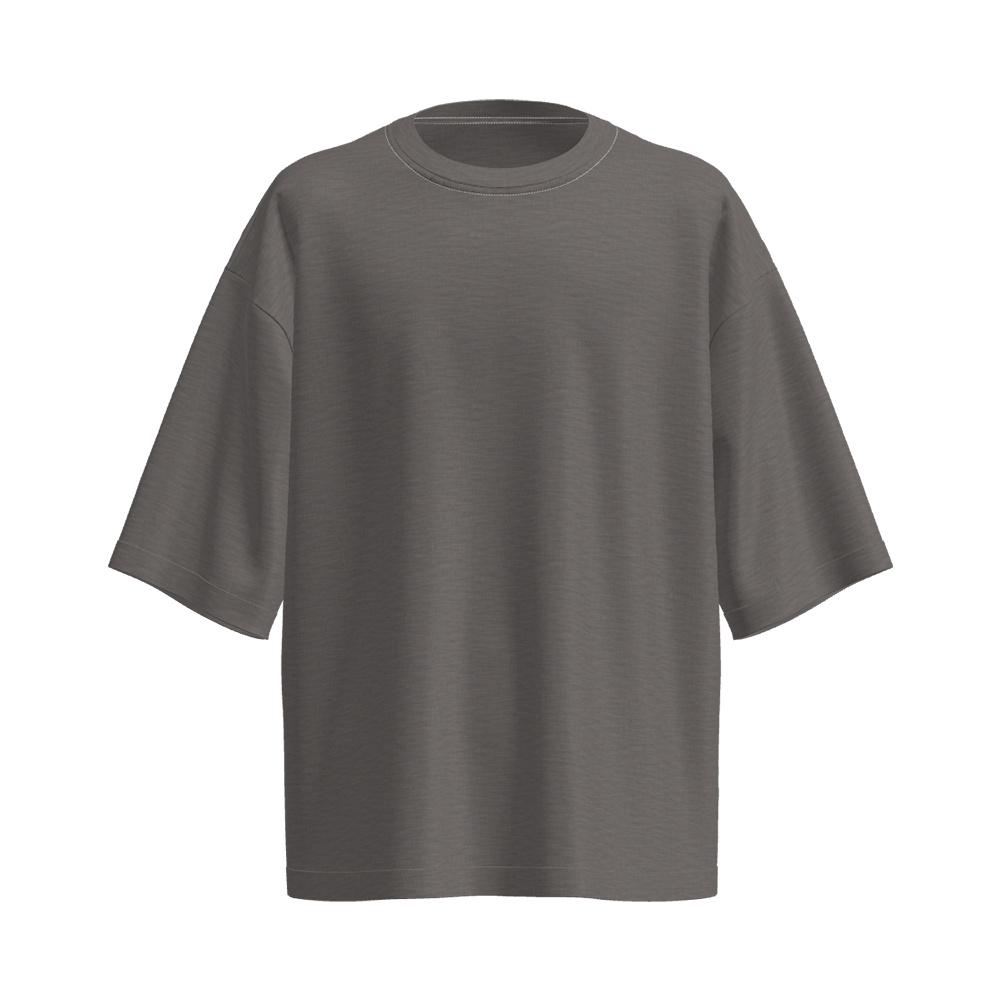
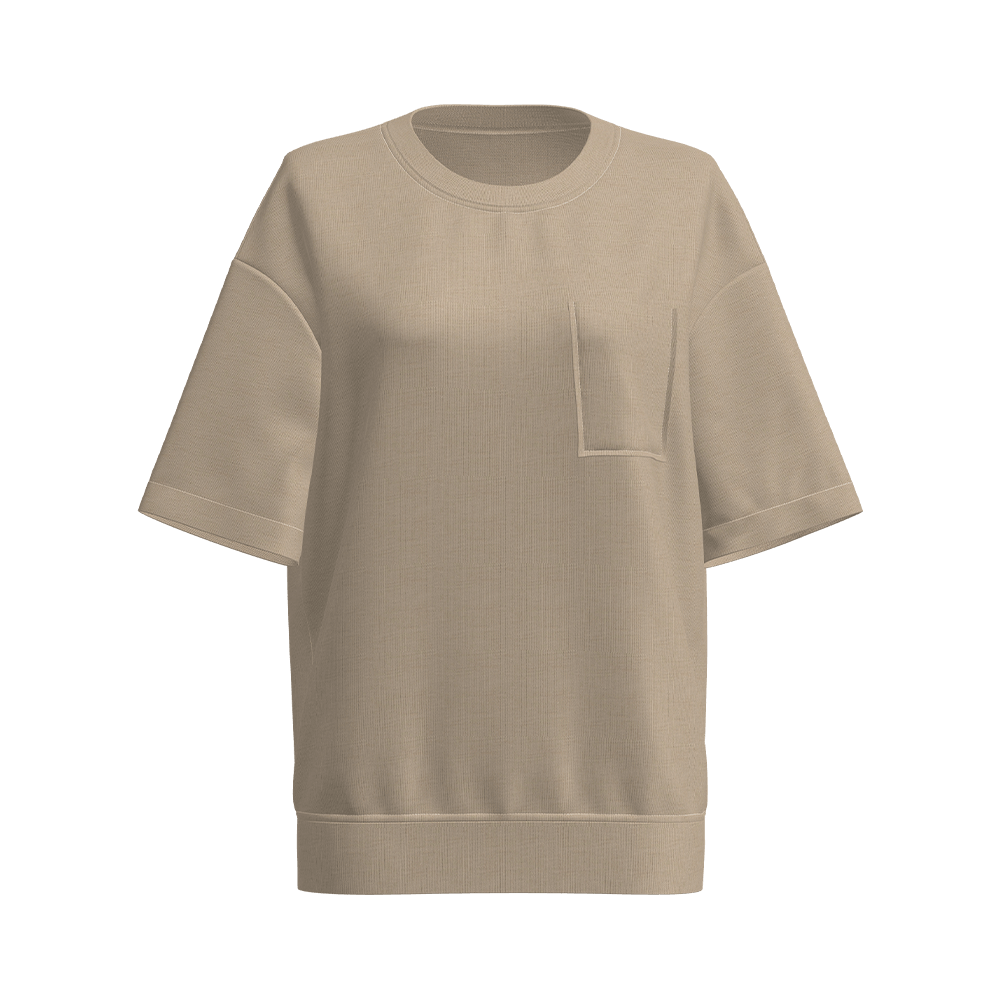

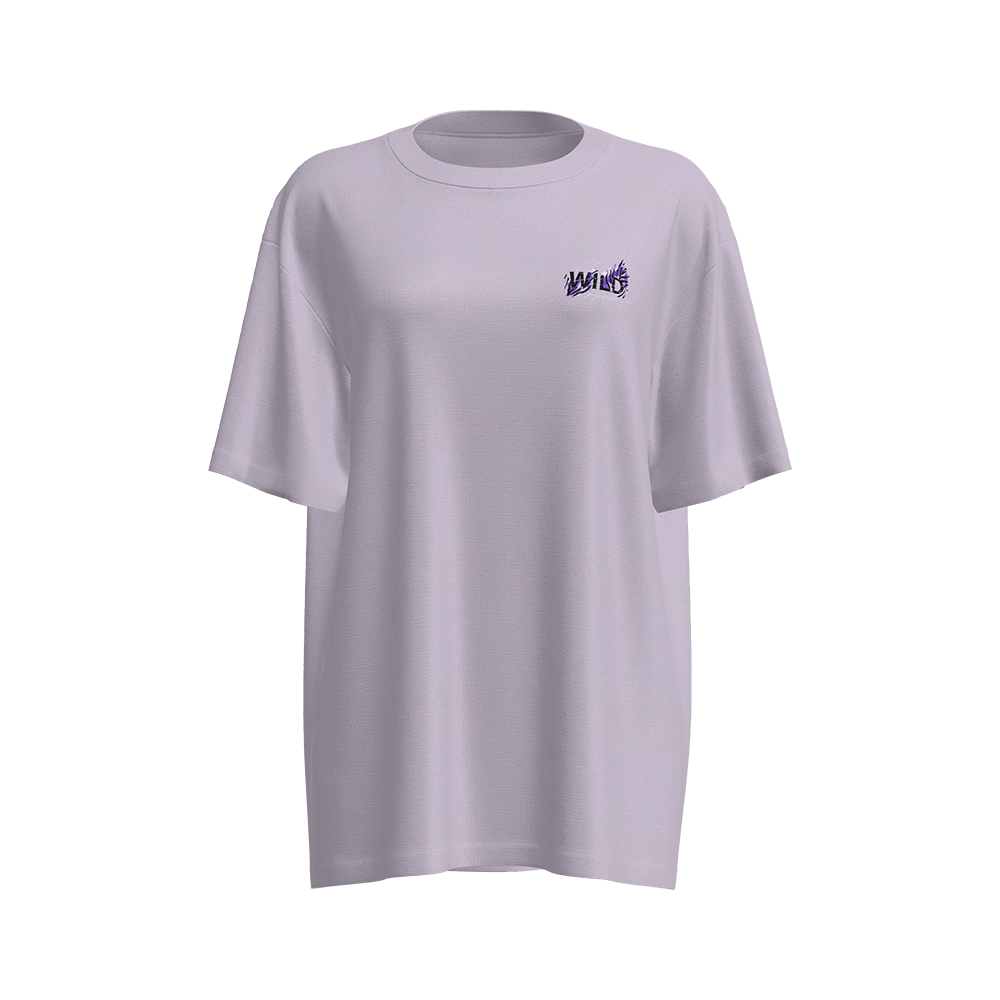
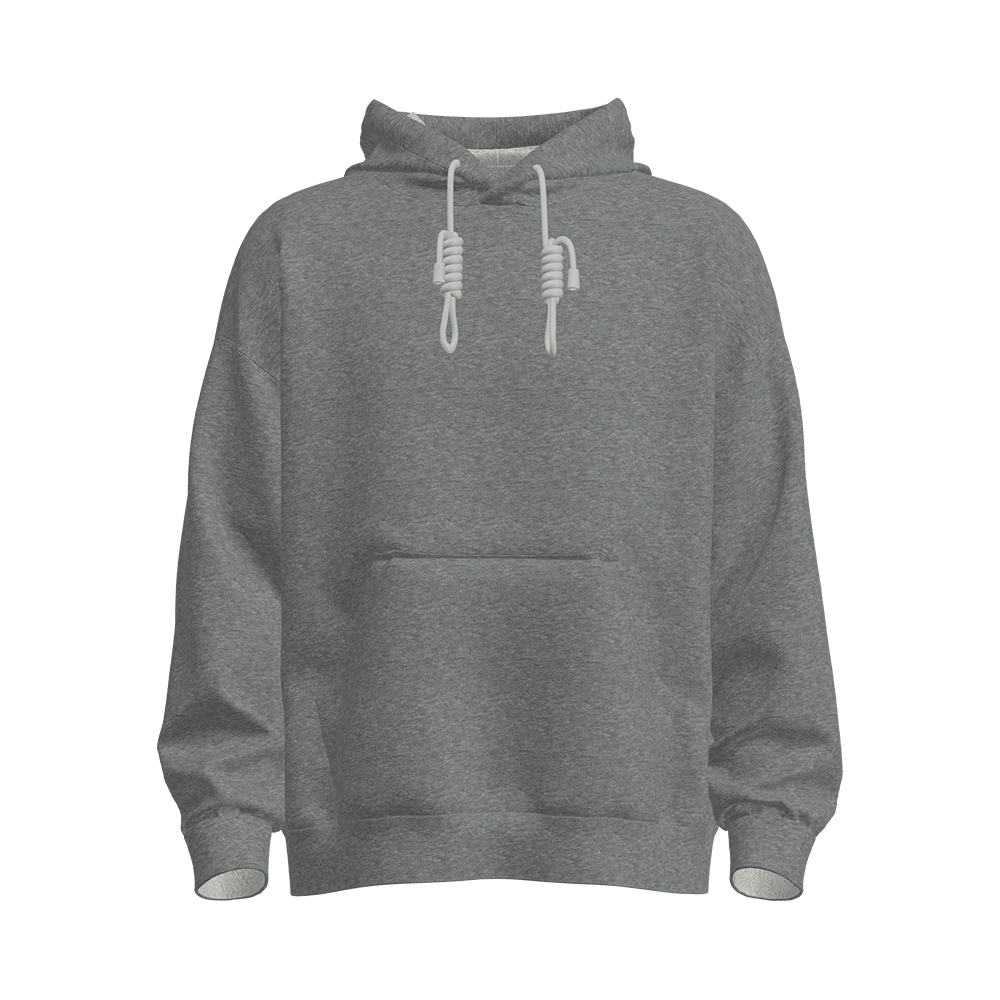
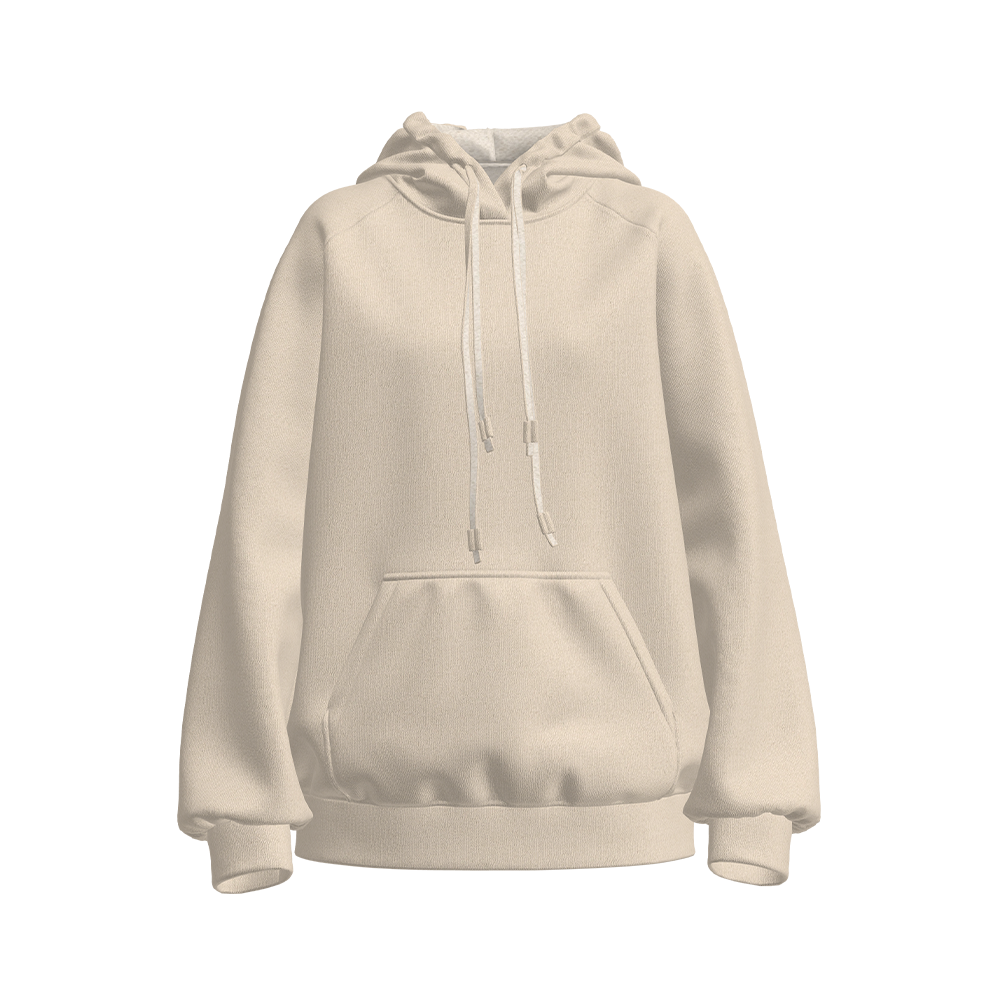


 +86-512-52528088
+86-512-52528088 +86-512-14546515
+86-512-14546515

